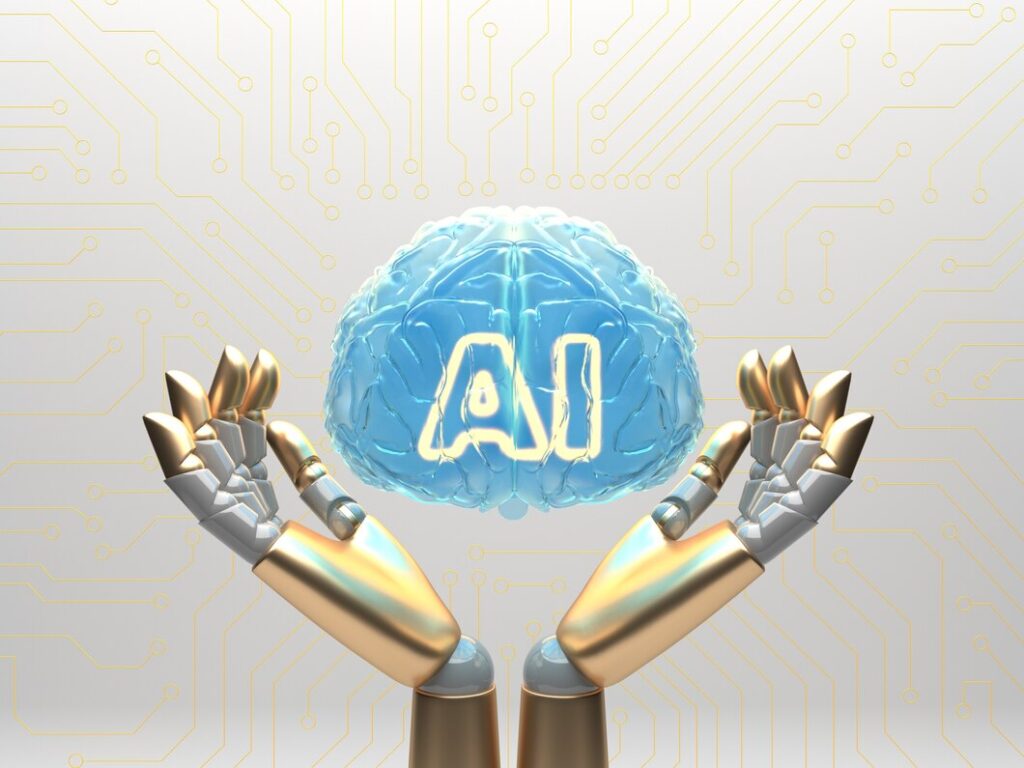
AI writing tools are everywhere now—from blogs and essays to emails and product descriptions. But while artificial intelligence can speed up content creation, it often lacks that personal, relatable spark. That’s where the art of converting AI content to human text comes in.
Let’s dive into why this matters, how to do it, and how you can create content that feels like it came from a real person—not a machine.
What is AI Content and Why Is It Everywhere?
Rise of AI Writing Tools
From ChatGPT and Jasper to Copy.ai and Writesonic, AI tools have taken the content world by storm. They can write blog posts, emails, product descriptions, and more in seconds.
Benefits of Using AI Content
Speed – It saves hours of writing time.
Cost-effective – No need to hire big teams.
Consistency – Keeps your tone steady across platforms.
But even with all these benefits, there’s one issue—it still sounds, well… robotic.

The Need to Convert AI Content to Human-Like Text
Reader Engagement and Trust
People want to feel like they’re connecting with a real person. Robotic, flat language pushes readers away. When you convert AI content to human, you’re building trust.
SEO and Google’s Content Standards
Google’s algorithms prioritize helpful, high-quality, and original content. AI-generated content that isn’t refined can risk penalties or low rankings.
Signs of AI-Generated Content
Want to know if something’s purely machine-written? Here’s what to look for:
Repetitive Phrasing
AI tends to repeat words and phrases without variation. It lacks the flair and subtlety of human language.
Lack of Emotion or Personality
There’s often no humor, empathy, or storytelling. It’s just plain information.
Over-Optimization and Keyword Stuffing
Some AI tools overuse keywords, which feels unnatural and harms SEO.
How to Convert AI Content to Human Text
Let’s get practical. Here’s how you transform cold, flat AI-generated content into warm, engaging, human-sounding content.
1: Rewriting with a Personal Tone
Instead of formal, robotic sentences, use conversational language. Think about how you’d explain it to a friend.
2: Use Real-Life Examples
Bring in anecdotes, personal stories, or relatable analogies. People connect better with real-world references.
3: Vary Sentence Structure
Mix short and long sentences. Add rhetorical questions. Use contractions. This makes content more dynamic and human-like.
4: Include Emotion and Opinion
Don’t be afraid to express feelings or take a stance. Whether it’s humor, sarcasm, or empathy—it shows personality.

Tools to Help Make AI Content To Human
Grammar and Tone Editors
Tools like Grammarly or Hemingway App not only correct grammar but help you adjust tone and readability.
Humanizing Plugins and Extensions
Plugins like Quillbot, Wordtune, or Writer.com offer rephrasing options that help refine tone and style.
Best Practices for Humanizing AI Content
Keep it Conversational
Write like you’re speaking to your reader one-on-one. Use words like “you,” “we,” and “let’s.”
Edit for Flow, Not Just Grammar
Make sure your paragraphs connect. Avoid robotic transitions.
Add Personal Insights or Stories
Nothing beats a quick personal story or comment to make your writing come alive.
Use Cases: When to Humanize AI Content
Blogging and Content Marketing
Blog readers want personality. AI can get you started, but it’s your voice that keeps them coming back.
Academic and Business Writing
In formal settings, human editing ensures clarity and credibility without sounding stiff.
Emails and Social Media
People engage better with content that sounds real and relatable, especially on social platforms.
Mistakes to Avoid When Converting AI Content to human
Over-editing and Losing Context
Don’t overcomplicate. Keep the message clear and avoid turning simple sentences into complex ones just to “humanize.”
Ignoring the Target Audience
Always tailor tone and examples to who you’re speaking to. What works for teens might not work for business professionals.

Future of AI Content to Human Collaboration in Content
Blending Creativity with Efficiency
AI helps you get started, but human creativity finishes the job. It’s a teamwork situation.
Ethical Use of AI Tools
Be transparent when using AI, especially in education or journalism. Use it as an assistant—not a ghostwriter.
In the age of automation, content creators have a powerful ally in AI. But relying on it without adding a human touch? That’s a recipe for disengagement.
Converting AI content to human is the secret sauce. It’s how you maintain authenticity, connect with readers, and stand out in the digital crowd. So use AI smartly—but don’t forget to bring yourself into the picture.
FAQs About The AI Content to Human content
What does ‘AI content to human’ mean?
It means converting AI-generated content into natural, emotional, and relatable text that sounds like a real person wrote it.
Why should I humanize AI content?
To improve engagement, avoid sounding robotic, and meet SEO or platform standards.
Are there tools that help humanize AI text?
Yes! Tools like Grammarly, Wordtune, and Hemingway Editor help refine tone and readability.
Can AI-generated content hurt my SEO?
If not edited properly, yes. Google favors helpful, human-written content.
How do I know if my content still sounds AI-generated?
Check for repetitive language, lack of emotion, and unnatural phrasing. Read it out loud—does it sound like something you’d actually say?
